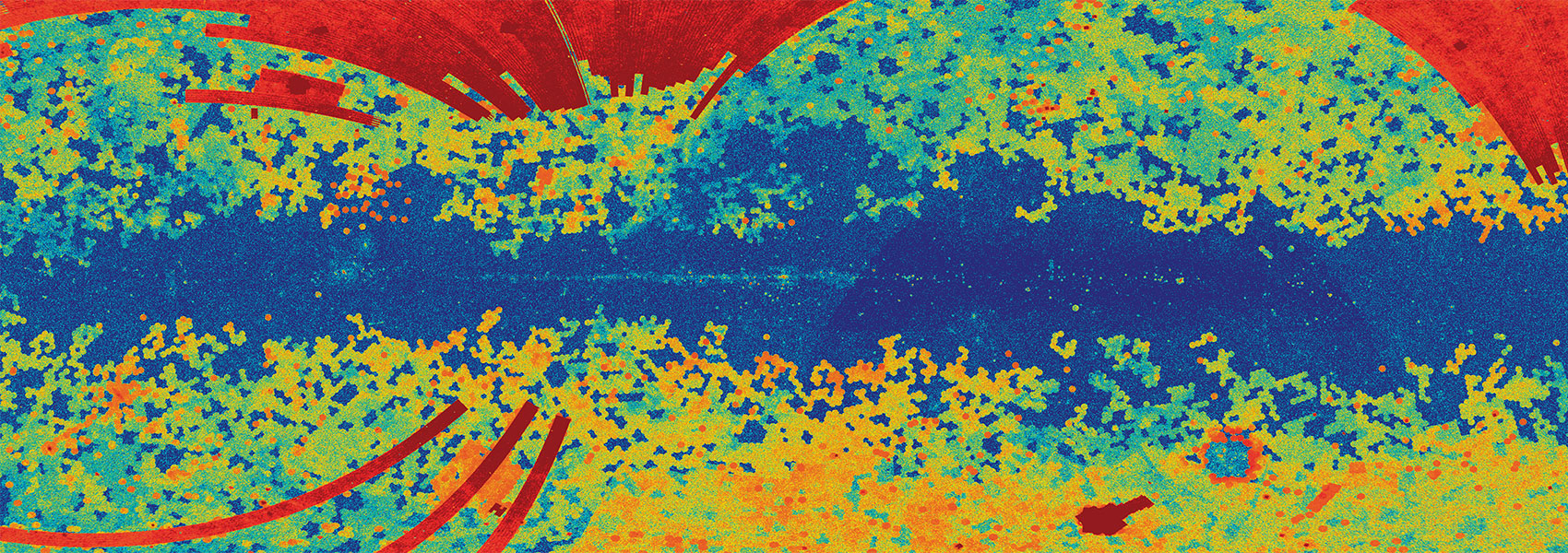September
2020
•
2020AJ....160..117R
Authors
•
Rodriguez, Joseph E.
•
Vanderburg, Andrew
•
Zieba, Sebastian
•
Kreidberg, Laura
•
Morley, Caroline V.
•
Eastman, Jason D.
•
Kane, Stephen R.
•
Spencer, Alton
•
Quinn, Samuel N.
•
Cloutier, Ryan
•
Huang, Chelsea X.
•
Collins, Karen A.
•
Mann, Andrew W.
•
Gilbert, Emily
•
Schlieder, Joshua E.
•
Quintana, Elisa V.
•
Barclay, Thomas
•
Suissa, Gabrielle
•
Kopparapu, Ravi kumar
•
Dressing, Courtney D.
•
Ricker, George R.
•
Vanderspek, Roland K.
•
Latham, David W.
•
Seager, Sara
•
Winn, Joshua N.
•
Jenkins, Jon M.
•
Berta-Thompson, Zachory
•
Boyd, Patricia T.
•
Charbonneau, David
•
Caldwell, Douglas A.
•
Chiang, Eugene
•
Christiansen, Jessie L.
•
Ciardi, David R.
•
Colón, Knicole D.
•
Doty, John
•
Gan, Tianjun
•
Guerrero, Natalia
•
Günther, Maximilian N.
•
Lee, Eve J.
•
Levine, Alan M.
•
Lopez, Eric
•
Muirhead, Philip S.
•
Newton, Elisabeth
•
Rose, Mark E.
•
Twicken, Joseph D.
•
Villaseñor, Jesus Noel
Abstract
•
We present Spitzer 4.5 μm observations of the transit of TOI-700 d, a habitable-zone Earth-sized planet in a multiplanet system transiting a nearby M-dwarf star (TIC 150428135, 2MASS J06282325-6534456). TOI-700 d has a radius of ${1.144}_{-0.061}^{+0.062}{R}_{\oplus }$ and orbits within its host star's conservative habitable zone with a period of 37.42 days (Teq ∼ 269 K). TOI-700 also hosts two small inner planets (Rb = ${1.037}_{-0.064}^{+0.065}{R}_{\oplus }$ and Rc = ${2.65}_{-0.15}^{+0.16}{R}_{\oplus }$ ) with periods of 9.98 and 16.05 days, respectively. Our Spitzer observations confirm the Transiting Exoplanet Survey Satellite (TESS) detection of TOI-700 d and remove any remaining doubt that it is a genuine planet. We analyze the Spitzer light curve combined with the 11 sectors of TESS observations and a transit of TOI-700 c from the LCOGT network to determine the full system parameters. Although studying the atmosphere of TOI-700 d is not likely feasible with upcoming facilities, it may be possible to measure the mass of TOI-700 d using state-of-the-art radial velocity (RV) instruments (expected RV semiamplitude of ∼70 cm s-1).
Links





